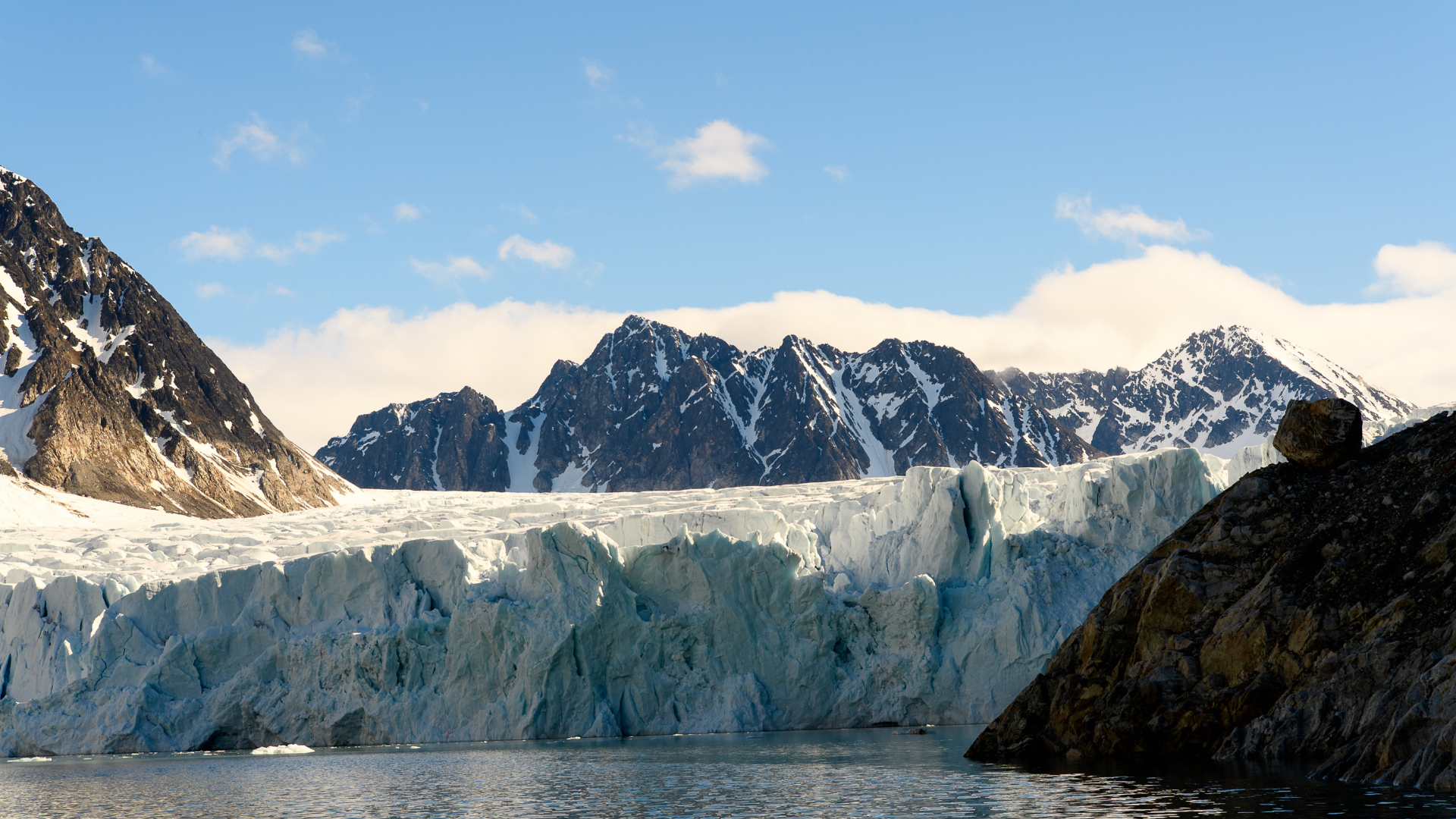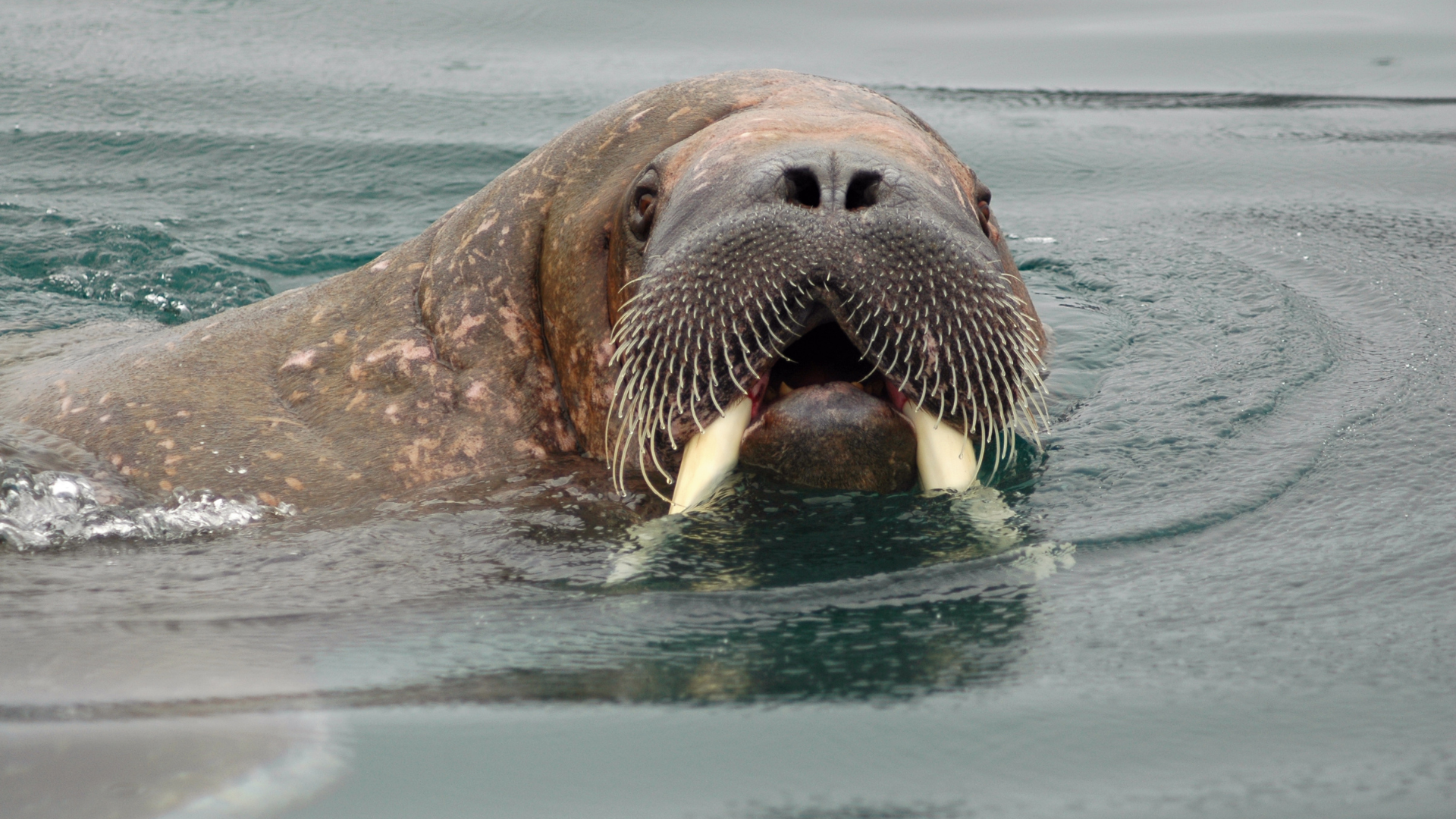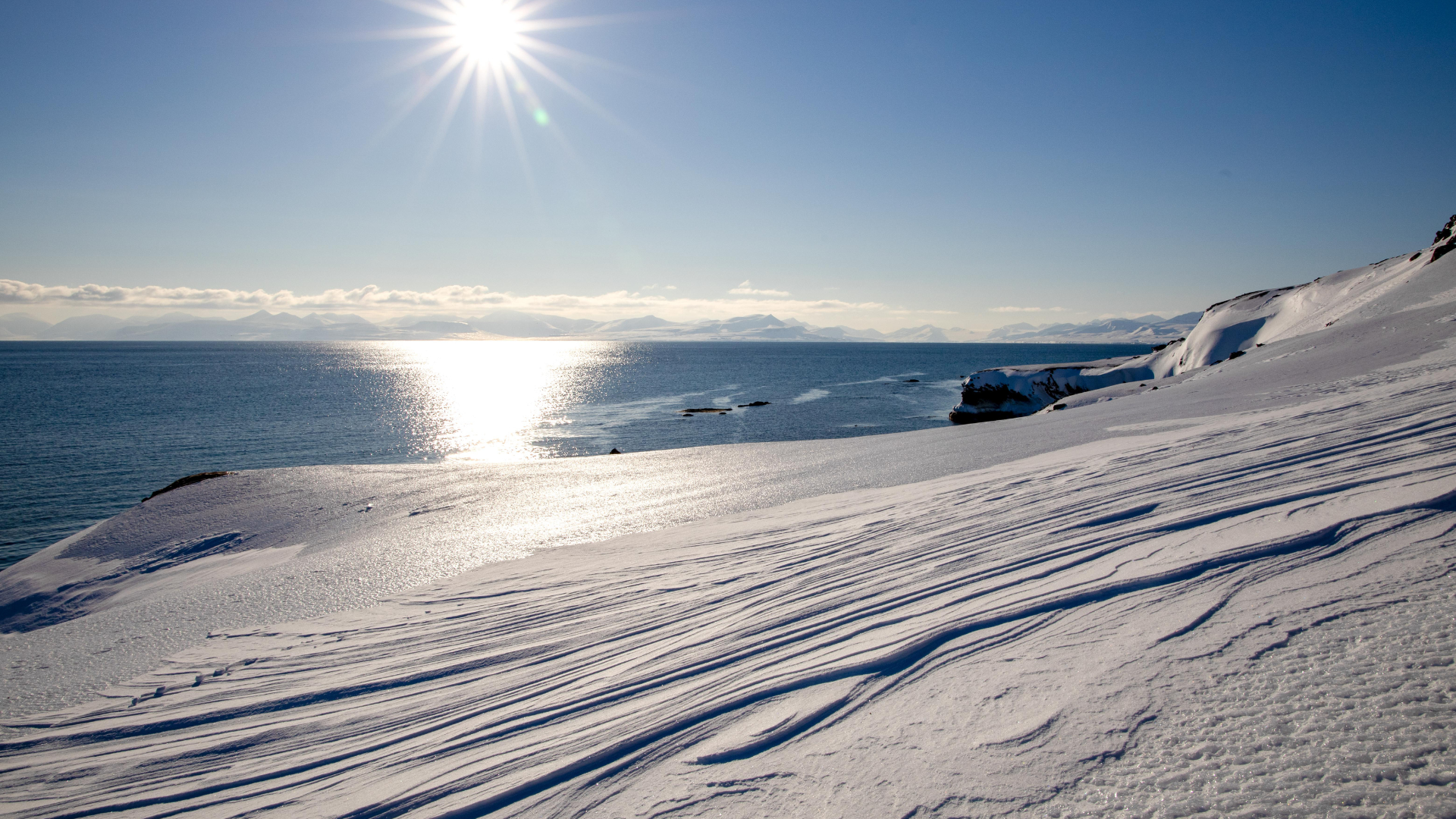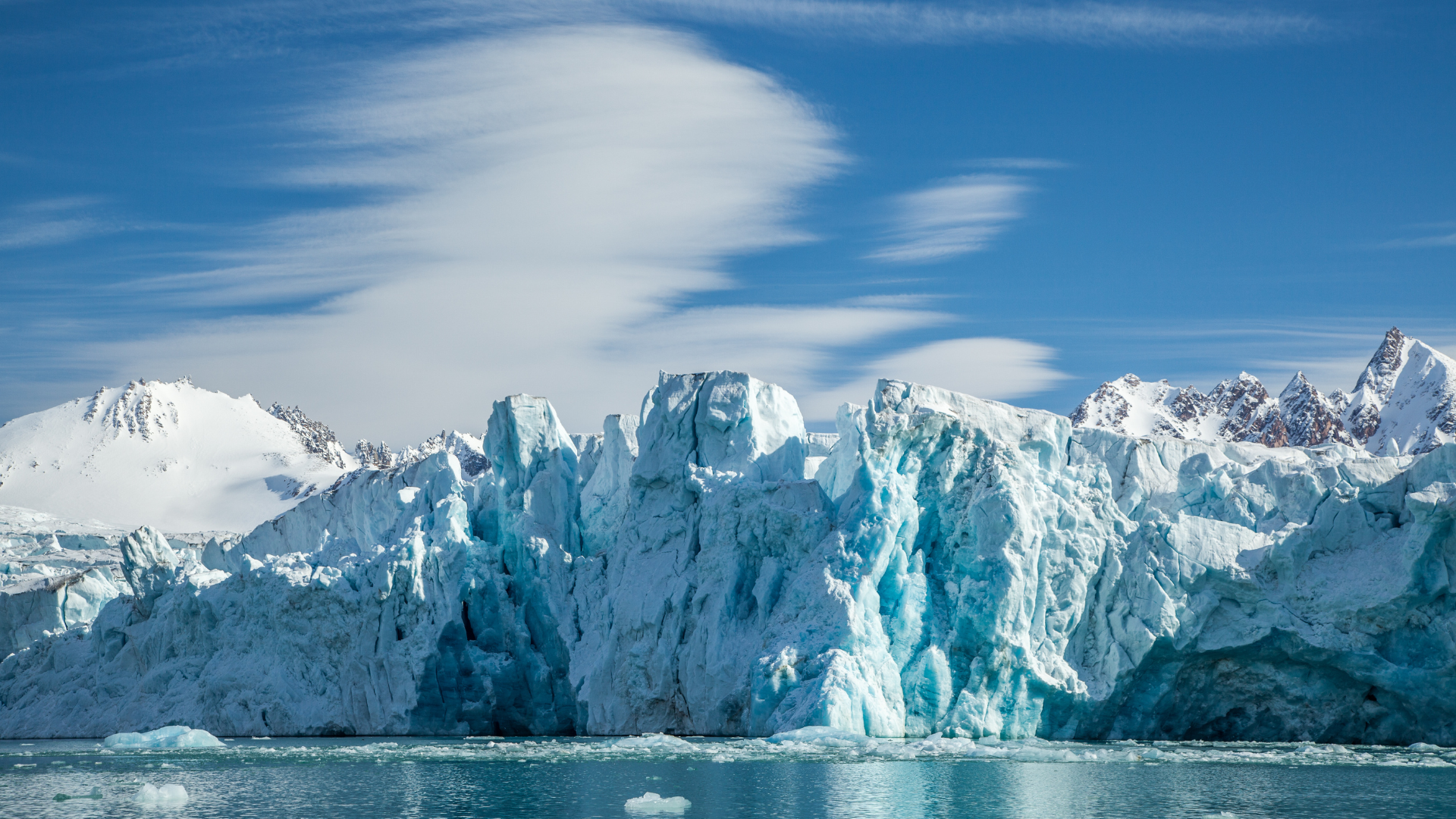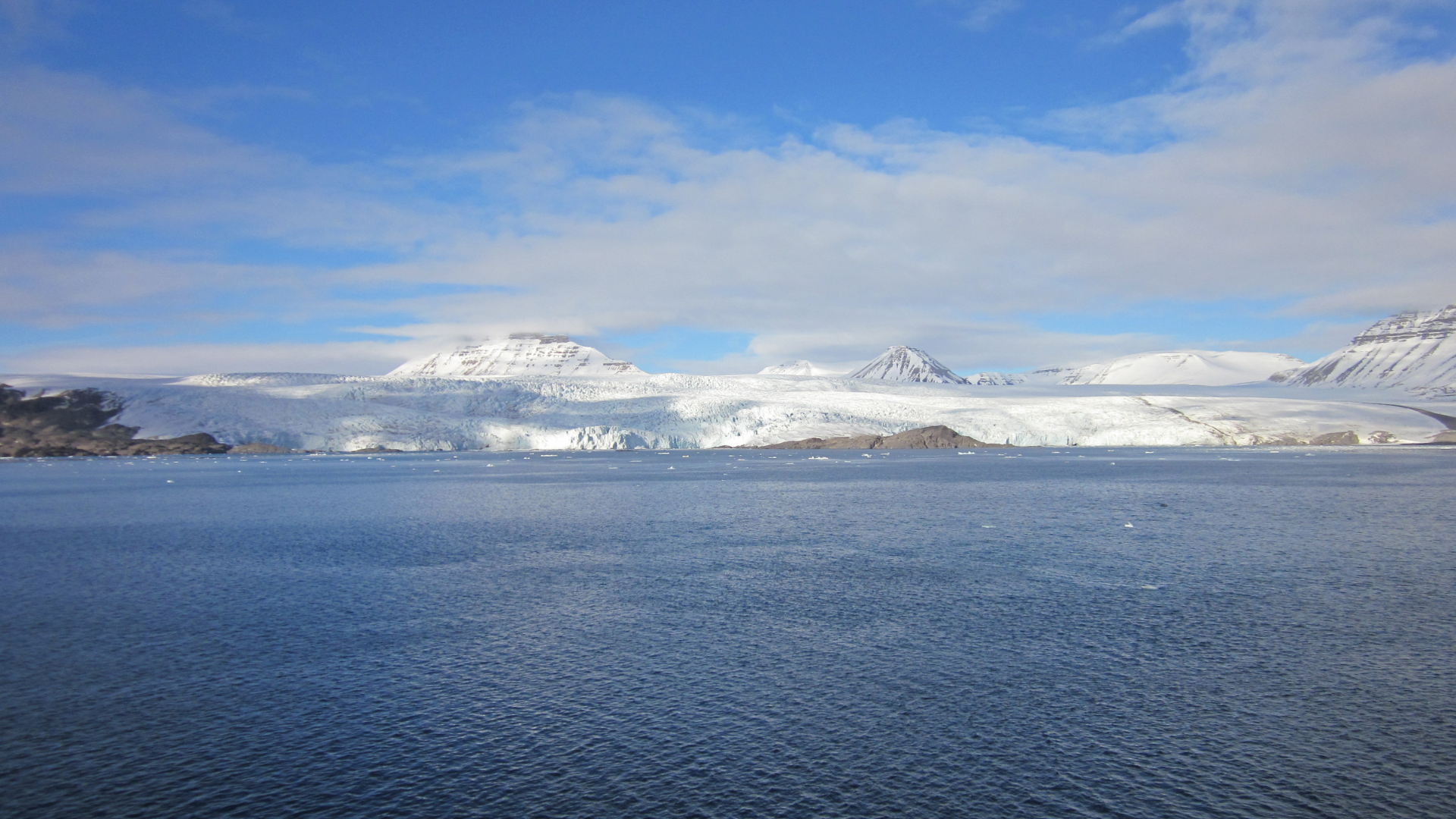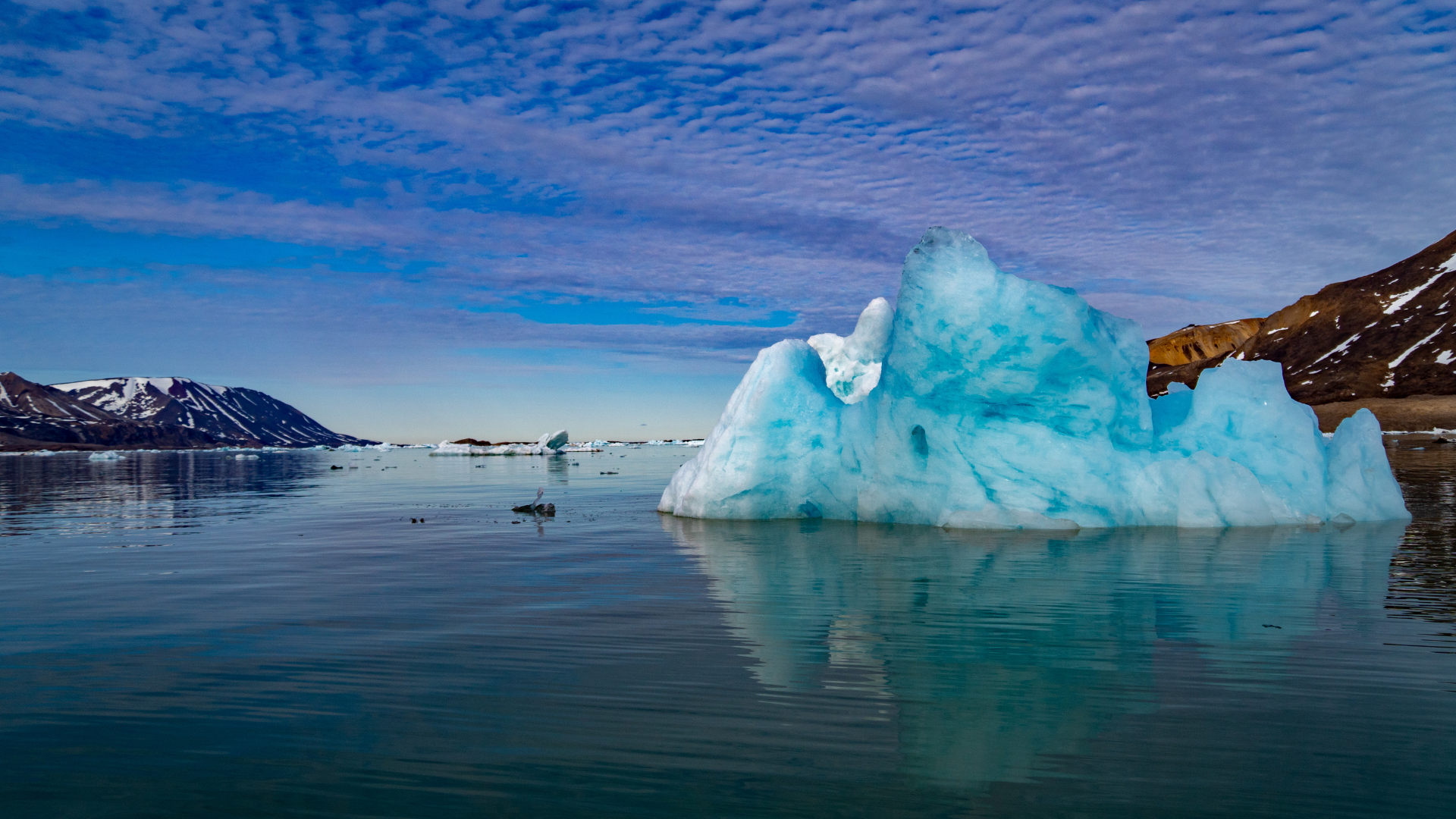Ten Things You Might Not Know About Svalbard
Ten Things You Might Not Know About Svalbard
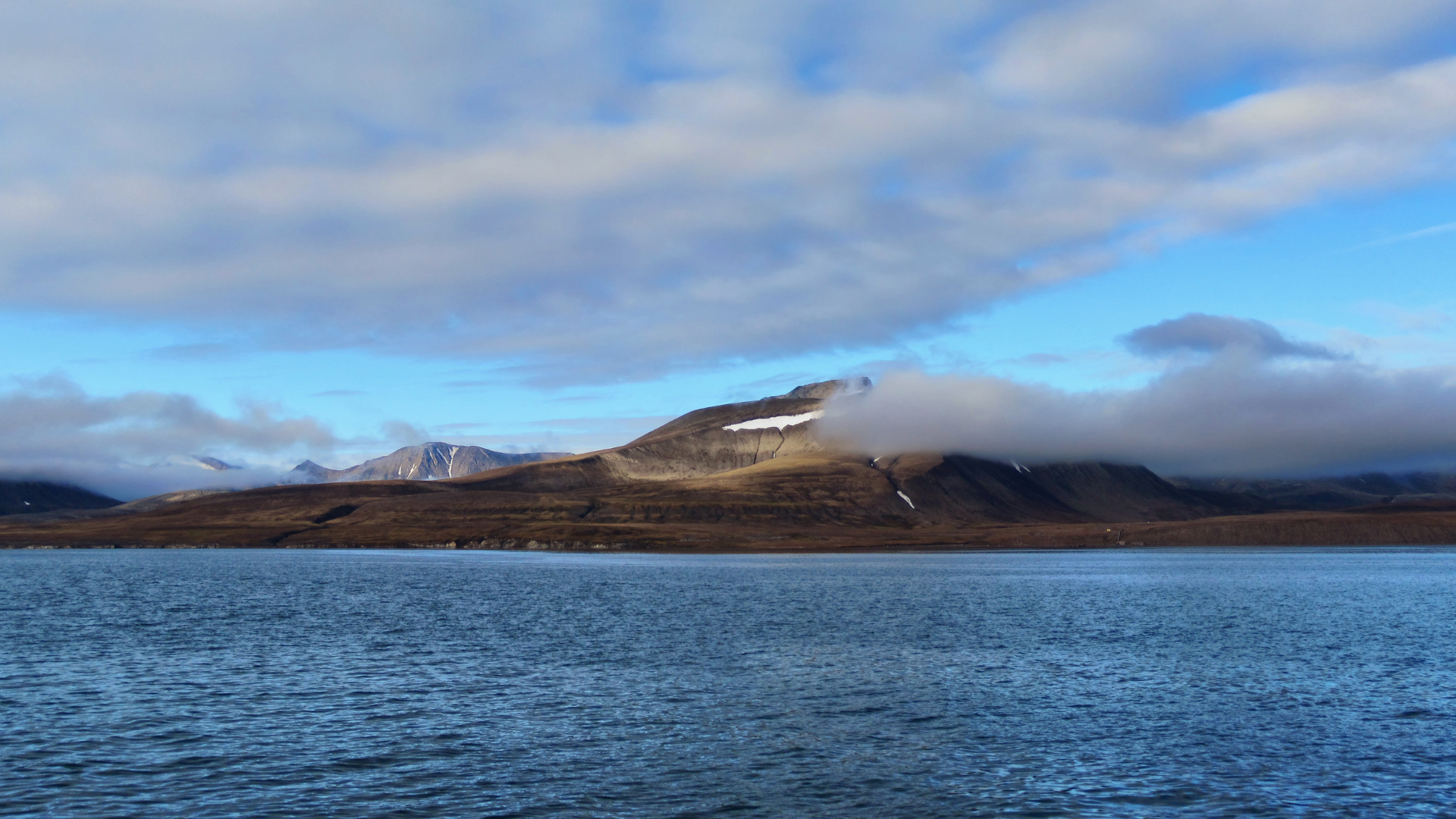
Svalbard, a remote archipelago in the Arctic Ocean, is full of surprises and little-known facts that contribute to its mystique. While many know about its stunning landscapes and polar bears, there are several intriguing aspects of Svalbard that often go unnoticed. Here are ten things you might not know about this fascinating region.
Firstly, Svalbard has an intriguing law about death. It is illegal to die on the islands because the permafrost prevents bodies from decomposing properly. This unique regulation means that terminally ill residents are often flown to mainland Norway to spend their final days. The cemetery in Longyearbyen stopped accepting new burials in the 1950s, highlighting the practical challenges posed by the harsh Arctic climate.
The islands of Svalbard are also home to a surprising variety of plant life, despite the extreme conditions. Over 165 species of plants have been documented, including vibrant flowers that bloom during the short summer season. This surprising biodiversity is a testament to the resilience of Arctic flora, which has adapted to thrive in one of the world’s most challenging environments.
Svalbard has no native population and was uninhabited until the early 20th century. The archipelago was originally used as a base for whaling and later for mining. Today, it has a transient population of researchers, miners, and tourism workers, with no indigenous peoples. This lack of a native population has influenced the cultural and social dynamics of the region, creating a unique, multicultural community.
Another lesser-known fact is that Svalbard is a visa-free zone. Under the Svalbard Treaty, citizens of the signatory countries can live and work on the islands without a visa, leading to a diverse population. This open-door policy has made Svalbard an interesting melting pot of nationalities, with people from over 50 different countries living and working in the archipelago.
Svalbard’s history is closely tied to exploration and scientific research. The archipelago has been a base for numerous Arctic expeditions, including attempts to reach the North Pole. Today, it continues to be a hub for scientific research, with various international research stations studying everything from glaciology to atmospheric sciences. The unique environment of Svalbard provides invaluable data for understanding climate change and Arctic ecosystems.
The local fauna is incredibly diverse, with Svalbard being one of the best places in the world to observe Arctic wildlife. In addition to polar bears, the islands are home to reindeer, Arctic foxes, and a plethora of bird species. Marine life is equally rich, with seals, walruses, and several species of whales frequenting the surrounding waters. This biodiversity makes Svalbard a critical area for conservation and wildlife observation.
Svalbard also has its own unique form of government. The islands are governed by a Governor (Sysselmannen), who is appointed by the Norwegian government. The Governor’s responsibilities include upholding Norwegian law, protecting the environment, and overseeing local affairs. This form of governance ensures that Svalbard remains a well-managed and regulated territory, despite its remote location.
One of the most fascinating aspects of Svalbard is the presence of the Svalbard Global Seed Vault. This secure seed bank, located near Longyearbyen, stores seeds from around the world to preserve genetic diversity in the event of a global crisis. The Seed Vault is built into a mountainside and uses the natural cold of the Arctic to preserve the seeds, making it a vital resource for global agriculture.
Svalbard is also a haven for adventure tourism. The rugged terrain and extreme conditions offer a playground for thrill-seekers, with activities such as glacier hiking, dog sledding, snowmobiling, and ice caving. The Midnight Sun and Polar Night add to the unique experience, providing continuous daylight in summer and a chance to see the Northern Lights in winter.
Lastly, Svalbard’s educational opportunities are noteworthy. The University Centre in Svalbard (UNIS) is the world’s northernmost institution for higher education and research, specializing in Arctic studies. Students from around the globe come to UNIS to study subjects such as Arctic biology, geology, and geophysics, contributing to a deeper understanding of the Arctic environment and its global significance.
Svalbard is a place of contrasts and surprises, where extreme conditions foster a unique way of life and incredible natural phenomena. These ten lesser-known facts highlight the diverse and intriguing aspects of the archipelago, making it a destination that continues to captivate and inspire those who visit and study it.
